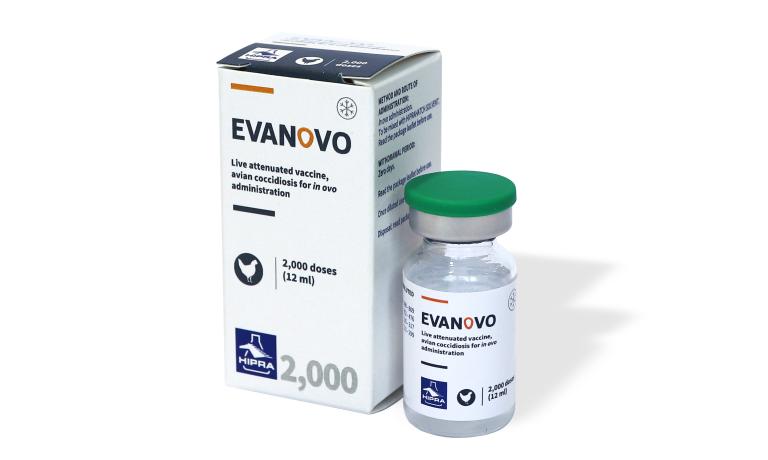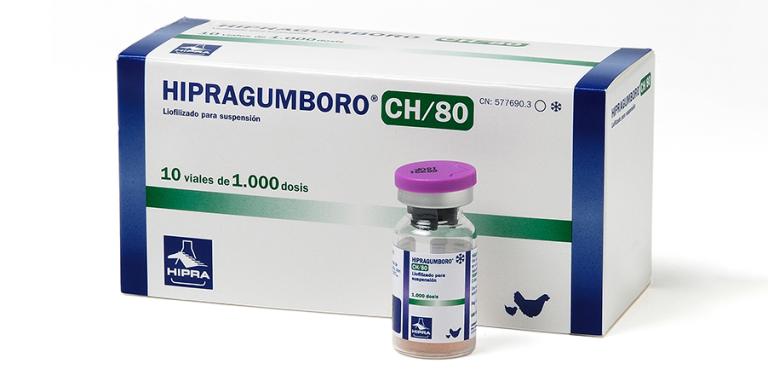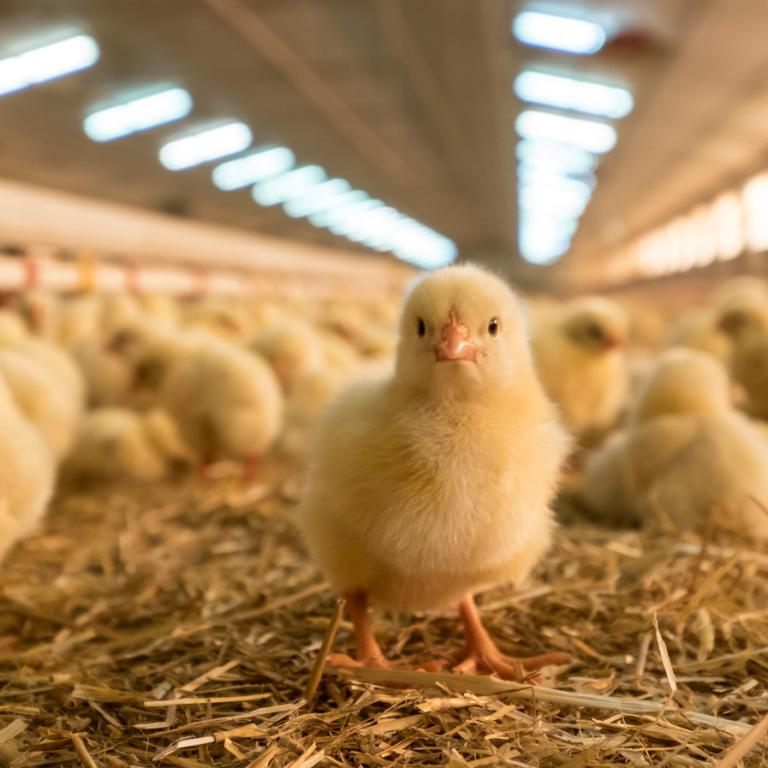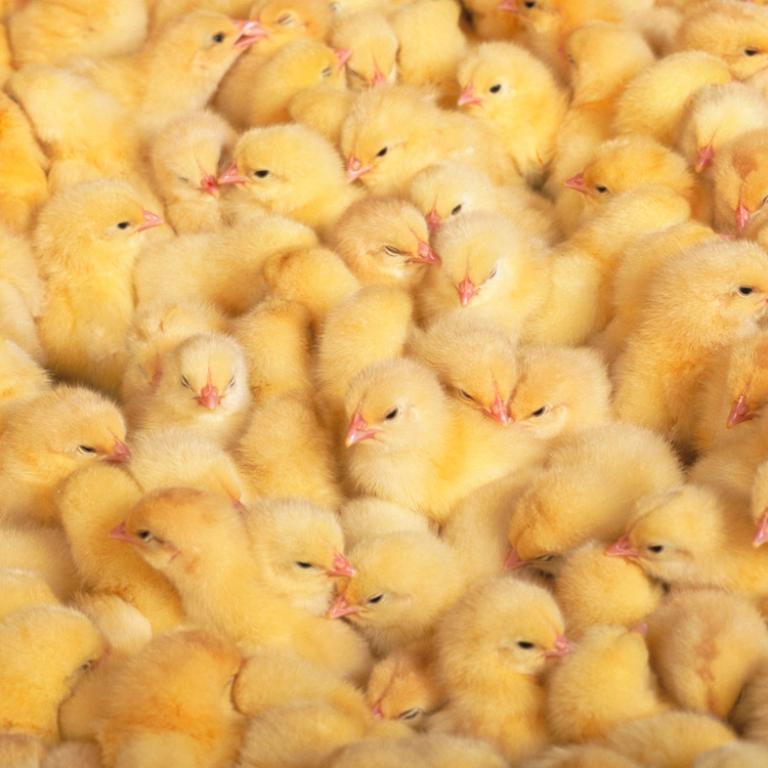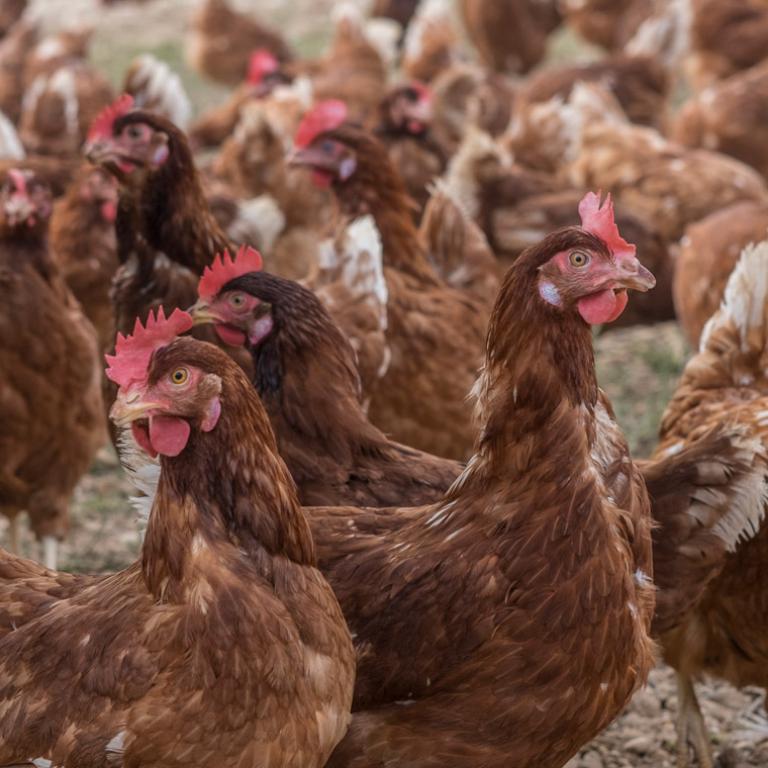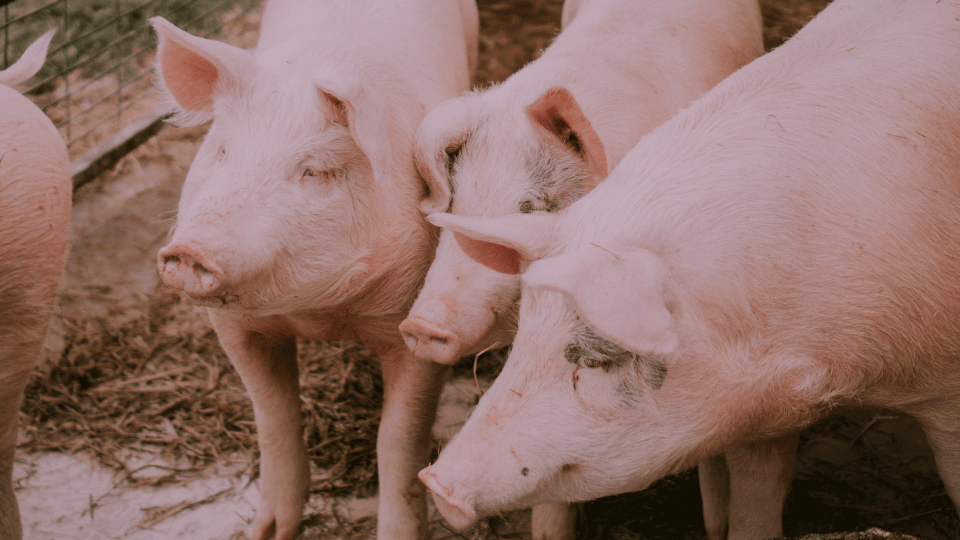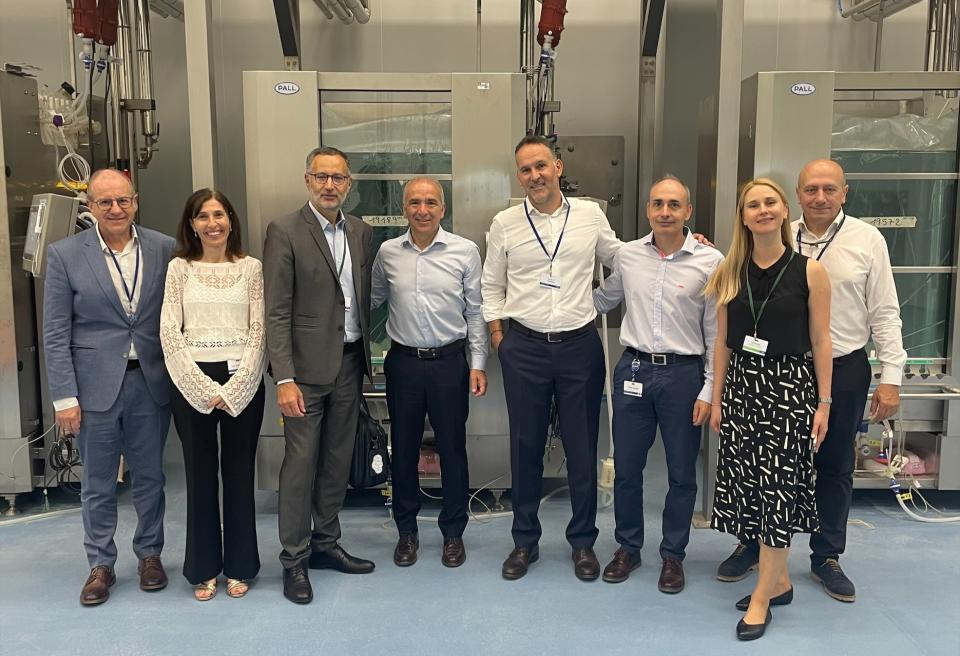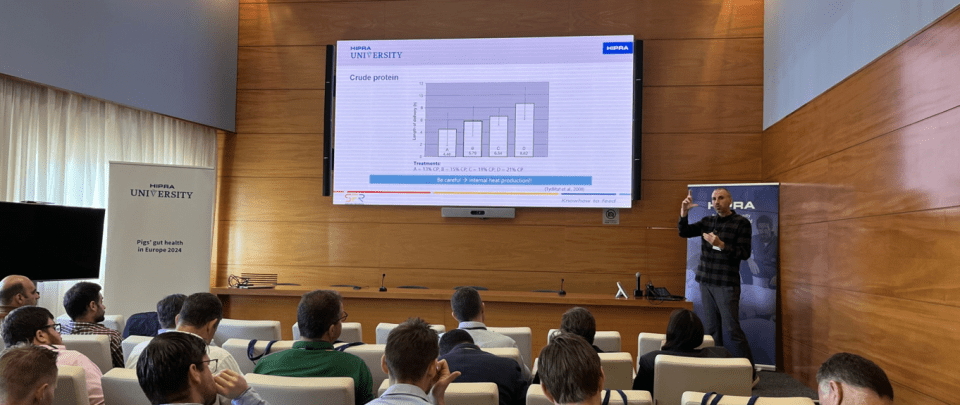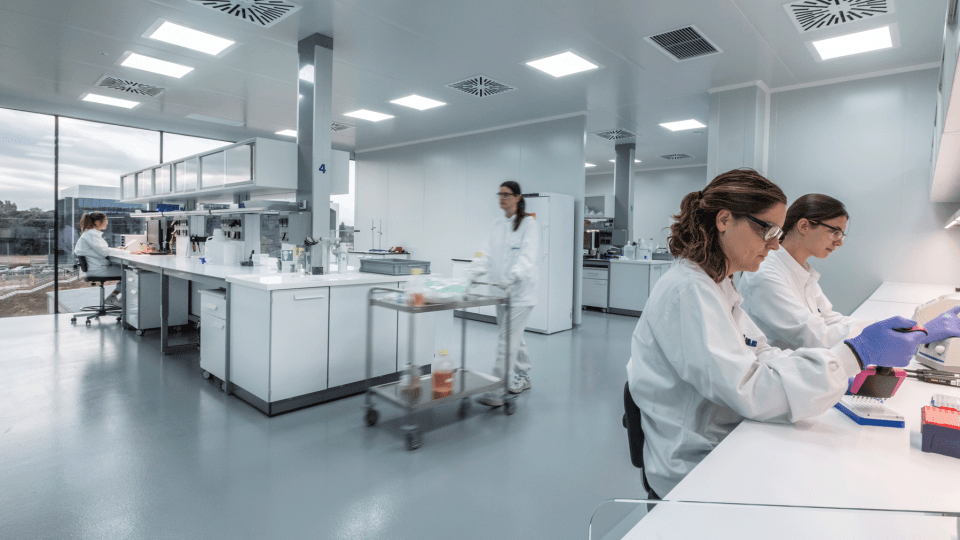Coccidiosis aviar: programas de vacunas y rotación
Within the scope of assessing new strategies for the control of coccidiosis in poultry, the first factors to consider are always immunological and physiological but also include less objective factors such as the management. However, when these new strategies come to be assessed, the exercise has to be carried out in perspective by evaluating those indicators that are the most critical in order to decide whether maintaining such strategies or to replacing them with others. In the production of broiler chickens, these indicators are solely productive.





